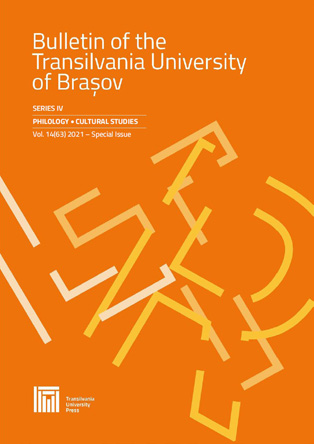Constructing the Vampire Myth in Cinema: A Short Analysis of Nosferatu (1922), Dracula (1931), and Dracula (1958)
Constructing the Vampire Myth in Cinema: A Short Analysis of Nosferatu (1922), Dracula (1931), and Dracula (1958)
Author(s): Yuri GarciaSubject(s): Language and Literature Studies, Film / Cinema / Cinematography, Philology
Published by: Editura Universitatii Transilvania din Brasov
Keywords: Dracula; Vampire; Nosferatu; Cinema; Literature;
Summary/Abstract: The present work aims to present a brief analysis of the films Noseferatu (1922), Dracula (1931), and Dracula (1958). Our hypothesis is that these productions are the core of cinematic vampirical mythology in our culture. The idea of what would be a vampire can be traced through ancient myths along with different cultures and was highlighted through urban legends in the middle ages. But it was only after Bram Stoker’s Dracula (1897) that this character started to take o more delimited form. If Stoker’s novel can be a species of the basis for the vampire myth, cinema would take this entity to a whole new level. In an audio-visual medium, Dracula stood as the most famous vampire and these three films would be the most important to start to form the figure of mediatic (and most of all, cinematic) vampire.
Journal: Bulletin of the Transilvania University of Braşov, Series IV: Philology & Cultural Studies
- Issue Year: 14/2021
- Issue No: Suppl
- Page Range: 115-128
- Page Count: 14
- Language: English

